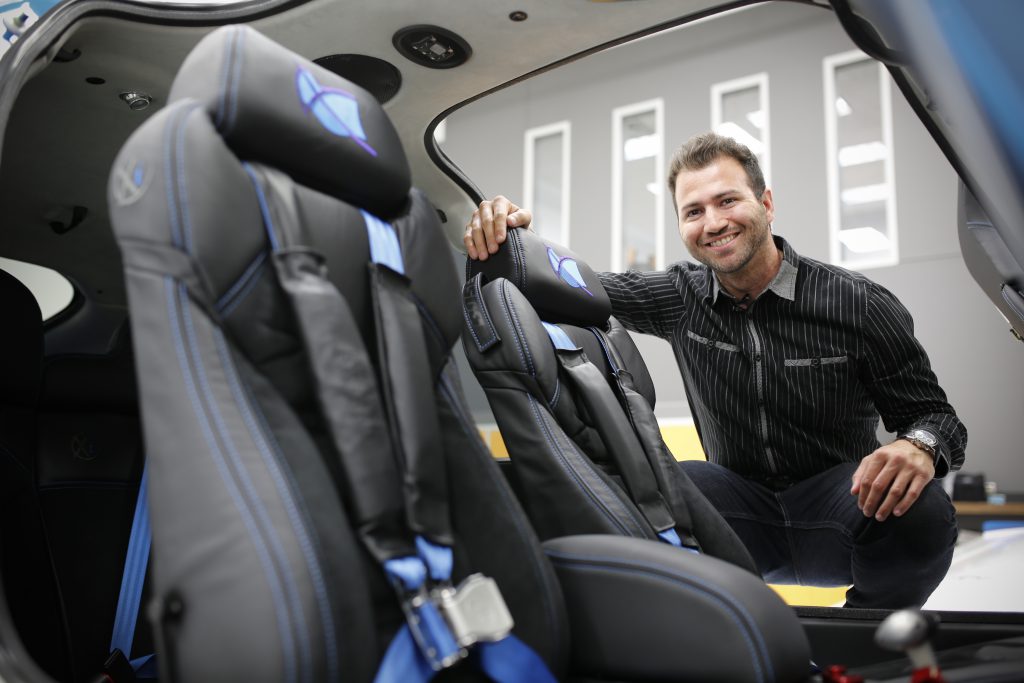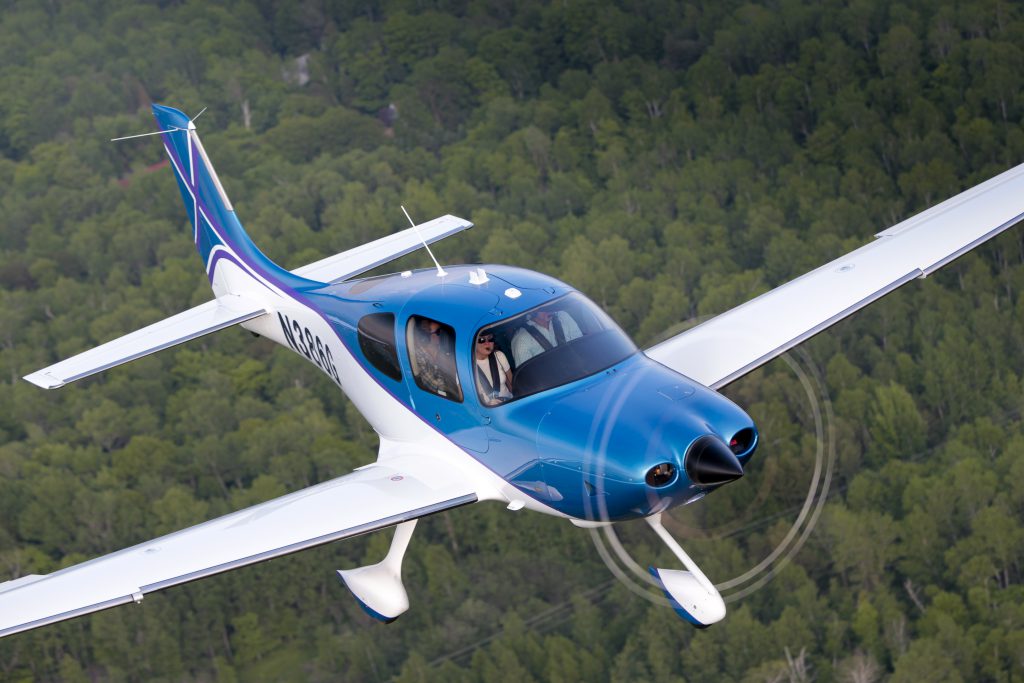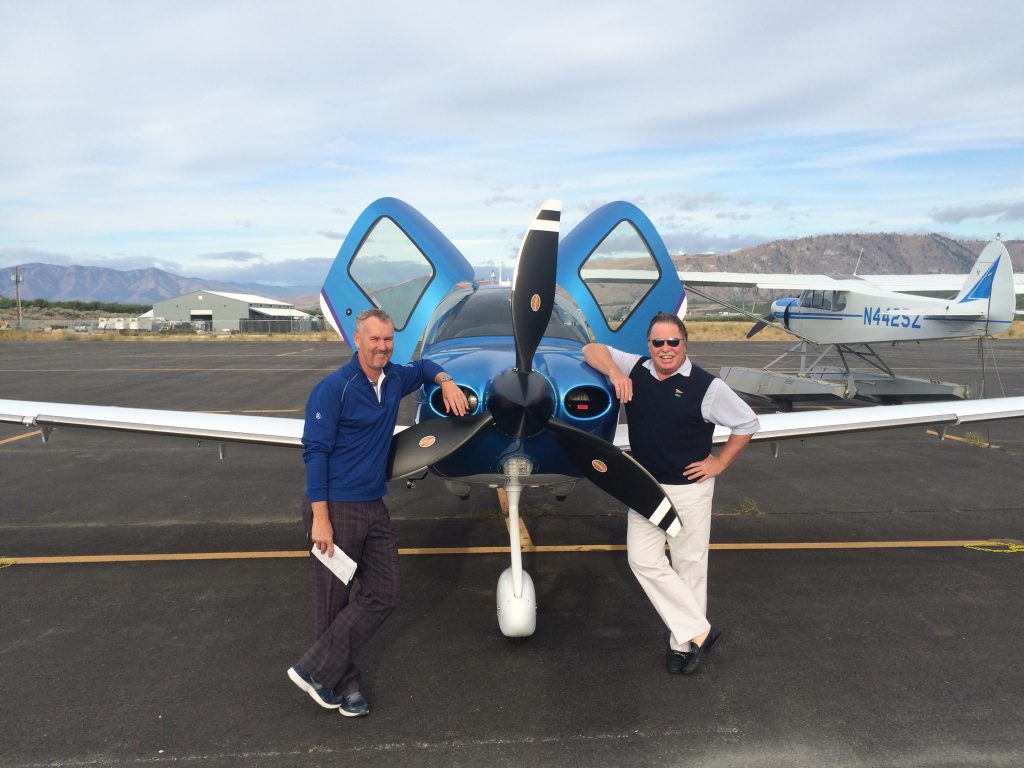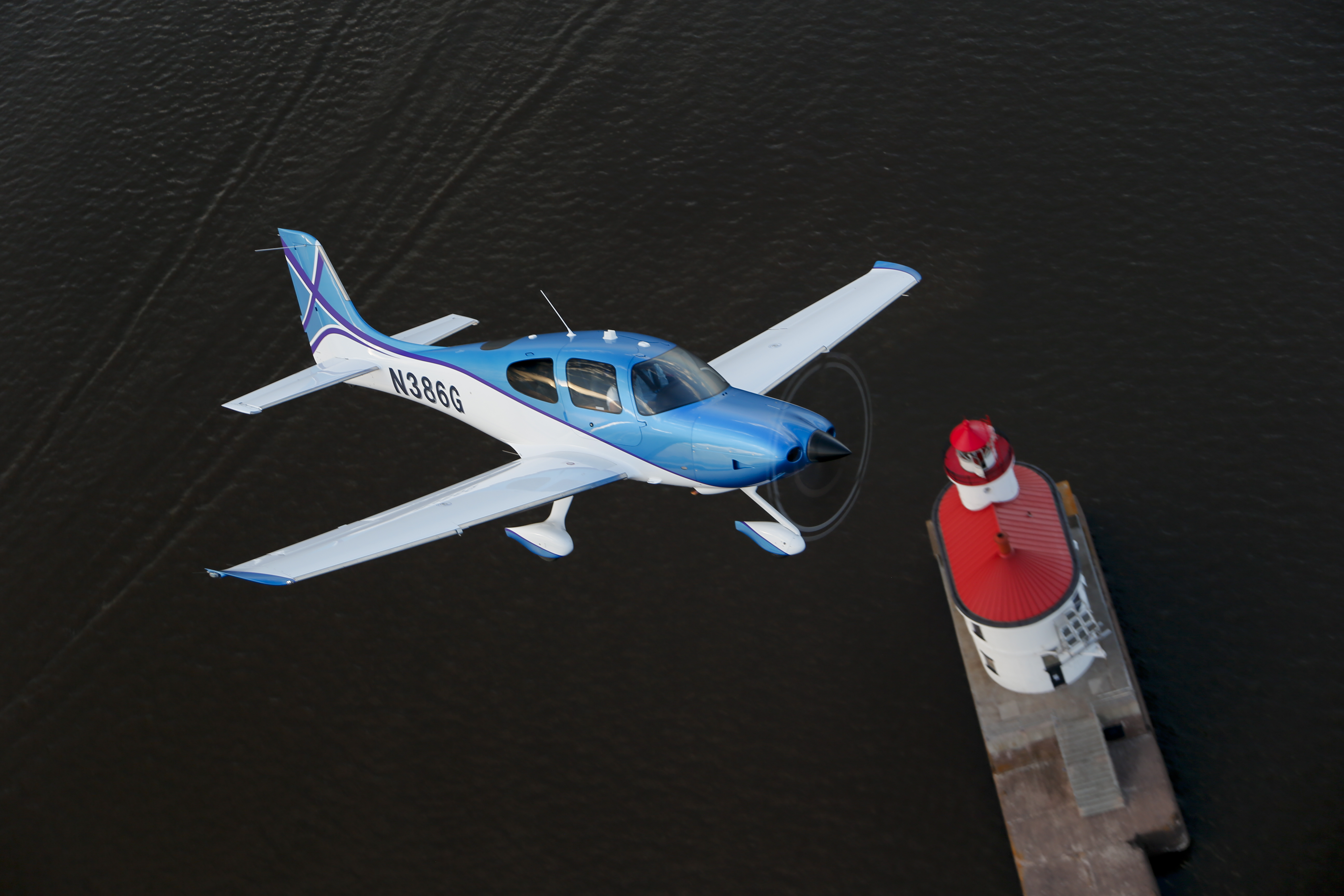MOMENTS AFTER A CIRRUS SR22T AIRCRAFT TAKES OFF, A CALM VOICE WITH A SCOTTISH ACCENT SENDS A MESSAGE TO AIR TRAFFIC CONTROL: “SEATTLE CENTER, CIRRUS 3-8-6 GOLF 6.9 FOR 1-7 THOUSAND LOOKING TO PICK UP MY IFR CLEARANCE OFF BEND”. The voice belongs to aviator David McLay Kidd, who is flying on his way to work. Not your typical ‘weekend warrior’ flying an hour from home for the so-called ‘$100 hamburger’, Kidd, 48, has one of the rarest professions in the world — he is a world-renowned golf course architect.

Kidd’s major break came with his design of Bandon Dunes on the Oregon coast in his 20s. It remains one of the most lauded golf courses in the US, and he has since designed courses around the US and in Scotland, Ireland, England, Nicaragua, Fiji, and South Africa. To visit his various projects, especially those in the design or construction phases, Kidd travels more than 180,000 miles per year. He pilots around 80,000 of those himself.
KIDD CHRONICLES HIS SELF-PILOTED WORK TRIPS USING MULTIPLE HIGH-DEFINITION CAMERAS
Kidd chronicles his self-piloted work trips using multiple high-definition cameras attached to different parts of his Cirrus SR22T, including one mounted underneath the aircraft. His wife, Tara Dayer-Smith, who is also his co-pilot and an LPGA professional golfer, edits the videos post-flight. The final film is uploaded to the YouTube channel David Kidd. Since Kidd’s first video at the start of 2017, his films have become increasingly polished, and he has gained more than 600 subscribers.

The couple’s recent video cataloguing their flight from their home airport in Bend, Oregon (KBDN), to Torrance, California (KTOA), is typical of their trips. The 38-minute film begins with pre-flight preparations in front of their private hangar. Prior to take-off, the Kidds methodically run through their checklist, with items ranging from flaps (50%) to on-board oxygen (1,200 psi) for flying for extended periods of time at 17,000 feet.
About eight and half minutes into the video, Kidd gently pushes the SR22T throttle to full forward, and the aircraft begins to roll down the runway. During the nine-second take-off, there is time to quickly check that the engine instruments are “in the green”. On reaching rotation speed, Kidd applies back pressure to the sidestick. The aircraft rotates several degrees toward the morning sky, effortlessly flying away from the snow-framed runway.
After levelling off and engaging the auto-pilot, the couple has little work to do in the cockpit other than manually recalculating on-board fuel and range. Outside, the scenery changes from green Oregon to the beautiful, snow-capped Sierra Nevada to relatively balmy Southern California.

As viewers watch the flight’s progress, they can also spot customised aspects of the aircraft, such as headrest stitching showing the logo of Kidd’s design firm, DMK Golf Design, and the tail livery inspired by the Scottish flag. Even the aircraft’s call sign, 386G, is by design: 3-8-6 on a telephone spells ‘fun’, while the phonetic word for the letter ‘G’ is golf.
As the Kidds are flying on an IFR flight plan, arrival into Southern California (also known as SoCal) is easily coordinated. Soon after traversing Los Angeles International Airport, SoCal Approach sets 386G up for an approach into Torrance Regional Airport and hands the aircraft off to Torrance’s control tower. The aircraft descends and touches down smoothly, right on the centreline, three and a half hours after take-off.
To many people, a three-hour commute might sound exhausting, but it’s certainly not the case with Kidd, who has plenty of reasons to delight in the journey as much as in the destination.

STAYING SAFE
Like all Cirrus aircraft, golf course architect David McLay Kidd’s SR22T includes the Cirrus Aircraft Parachute System (CAPS). In case of an engine failure or other in-flight emergency — for instance, pilot spatial disorientation or incapacitation — the pilot or a passenger can pull the ceiling-mounted CAPS handle to rapidly deploy a parachute. This will slow down the aircraft’s descent. Cirrus claims that CAPS has helped save more than 100 lives thus far.
The most famous use of CAPS was in January 2015, when a pilot flying a ferry mission from California to Australia recognised that a fuel issue would prevent him from reaching his first stop, Hawaii. Owing to a malfunctioning fuel transfer valve, he was unable to access the auxiliary fuel tank in the passenger cabin. The pilot, Lou Morton, coordinated with the US Coast Guard, who advised him to ditch the aircraft near a cruise ship that was approximately 250 miles off the coast of Hawaii. As witnesses watched, Morton activated CAPS and the aircraft parachuted down to the chilly Pacific waters. He escaped with a life raft just before a wave overturned the ditched aircraft, and was met by an emergency lifeboat launched from the cruise ship. It was Morton who instructed Kidd when the latter was training for his IFR pilot license.







